
|
|
|
|
|
 |
One of the most striking additions to the Safari
Exploration Station was a large wooden elephant. The elephant
first made its debut at the Expo 86 event held in Vancouver, Canada.
The elephant was assembled by artist Pete Ryan and carved out of
British Columbia cedar. |
|
|
|
|
 |
At the Expo it stood, complete with oversized wooden wheels resembling a
child's pull toy as part of the fair's Land Plaza - a collection of land
based travel vehicles.
After the Vancouver World's Fair 1986 (Expo 86) it was purchased by
Charles R. Wood who was an American amusement park developer from
upstate New York. Charley Wood opened Storytown USA in Queensbury,
New York in 1954. Storytown USA was renamed The Great Escape in
1983 and ultimately became part of the Six Flags family of theme parks.
While at The Great Escape the cedar elephant stood undercover amongst
that park's many children-related features and attractions.
When Great Adventure decided to add the Golden Kingdom to its theme park
in 2005, it acquired the wooden elephant along with the flying Royal
Elephants ride (later renamed Air Jumbo) from the Great Escape with the
intention of adding both of these items to the new area of the park.
|
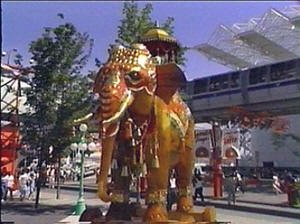 |
|
|
|
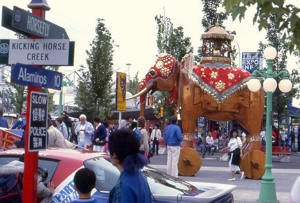 |
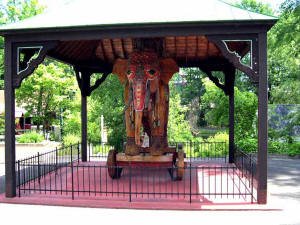 |
|
|
|
 |
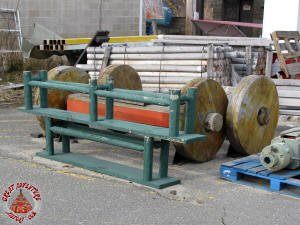 |
|
|
|
|
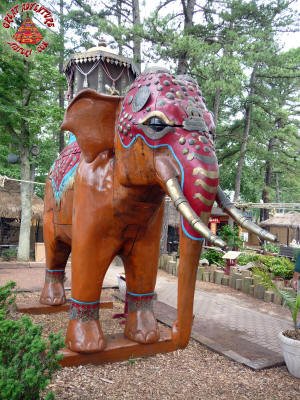 |
 |
 |
|
|
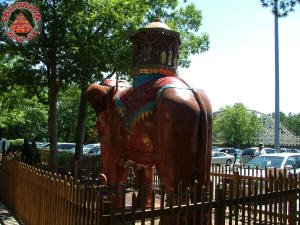 |
|
|
|
|
 |
While the flying elephants ride made it into the Golden Kingdom, plans
for the elephant to be featured in the new highly themed area never
materialize and it was left backstage in storage near the maintenance
facilities for a couple seasons. In 2007, the elephant would
finally make its first appearance in the new Safari Exploration Station,
sans wooden wheels. |
 |
|
|
|
|
 |
%20copy_small.jpg) |
%20copy_small.jpg) |
|
|
|
|
%20copy_small.jpg) |
%20copy_small.jpg) |
%20copy_small.jpg) |
|
|
|
|
%20copy_small.jpg) |
%20copy_small.jpg) |
 |
|
|
|
|
 |
 |
 |
|
|
|
|
 |
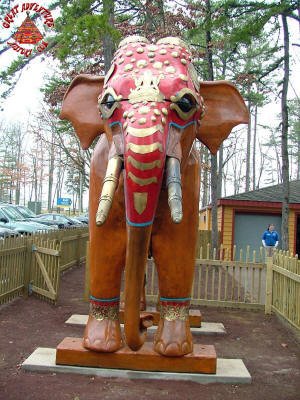 |
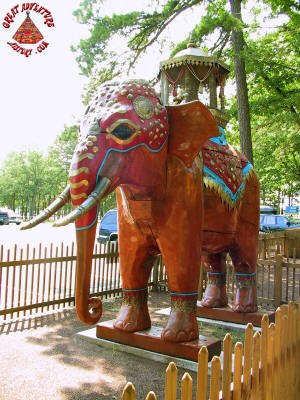 |
|
|
|
|
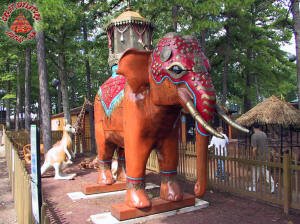 |
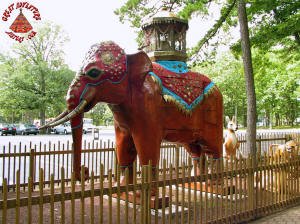 |
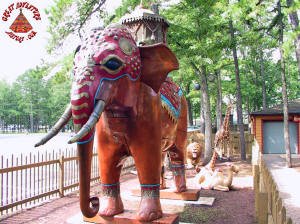 |
|
|
|
|
 |
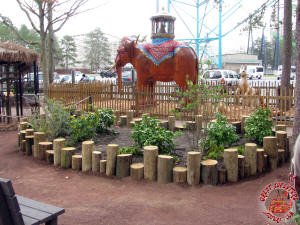 |
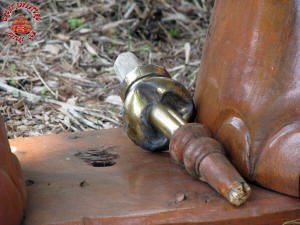 |
|
|
|
|
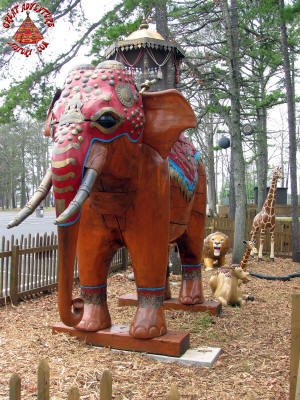 |
The cedar elephant was hand carved and made up of what appeared to be a
wooden block puzzle design. Each part of the animal interlocked
with the other parts with wooden notches and pegs holding the pieces in
place.
This unusual means of construction had its advantages and disadvantages.
The gaps in its exterior allowed for rain and the elements to seep into
its inner core but at the same time individual pieces could be removed
for repairs or replacement. |
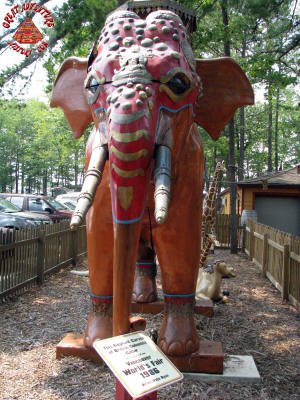 |
|
|
|
|
 |
 |
 |
|
|
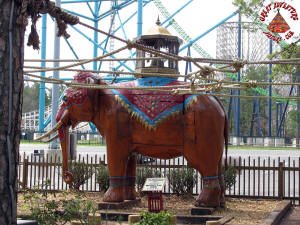 |
|
|
|
|
 |
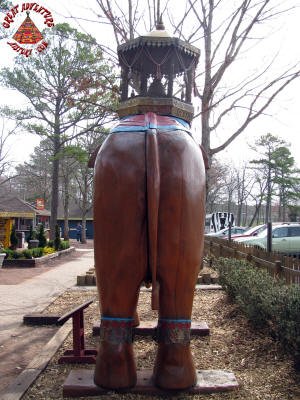 |
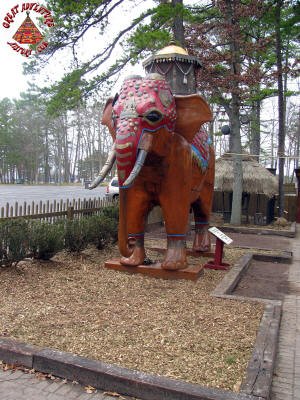 |
|
|
|
|
 |
The weight of the elephants free-hanging trunk was a particularly
vulnerable part of the structure especially since this portion of the
sculpture also included the two large tusks that extended away from the
elephants head. Temporary bracing held this portion in place until
this portion was removed for repairs in 2011. |
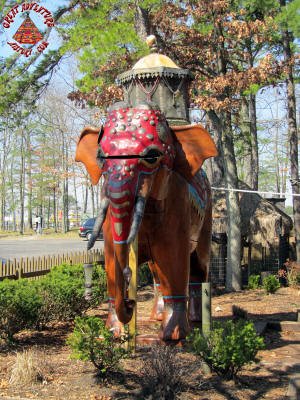 |
|
|
|
|
 |
 |
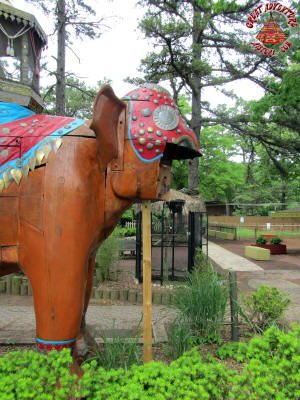 |
|
|
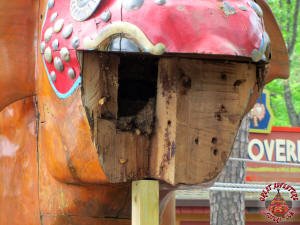 |
|
|
|
|
 |
The lower portion of the head, including the trunk and tusks, was
carefully reinstalled the following season. The professional
repair work restored the cedar elephant to its former glory as it no
longer needed any of the bracing that had previously been in place. |
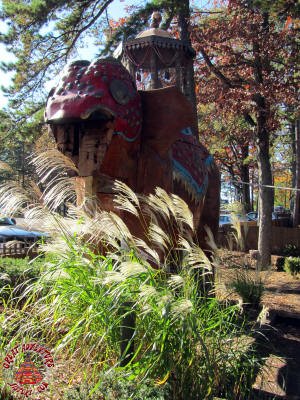 |
|
|
|
|
 |
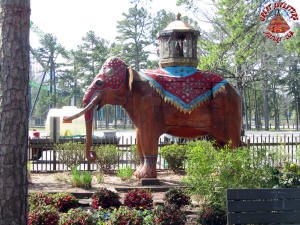 |
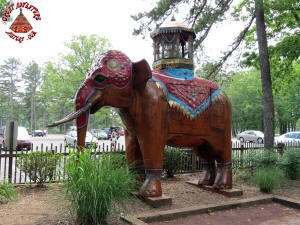 |
|
|
|
|
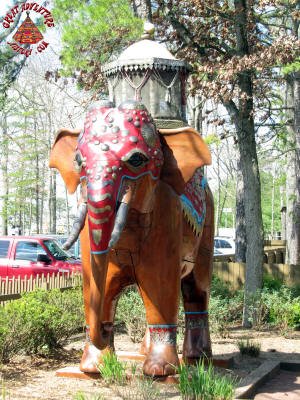 |
Admiring the amount of details on the elephant was a pleasure for the
eyes. From the ornate metal accents on its head gear to the red,
blue, and gold tapestry on its back it was obvious that a lot of time
and effort went into its design and construction. |
 |
|
|
|
|
 |
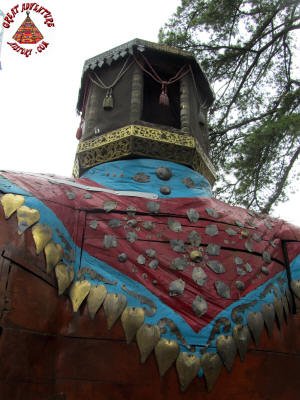 |
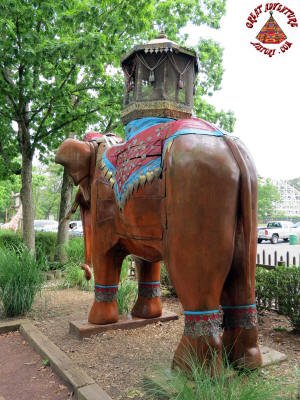 |
|
|
|
|
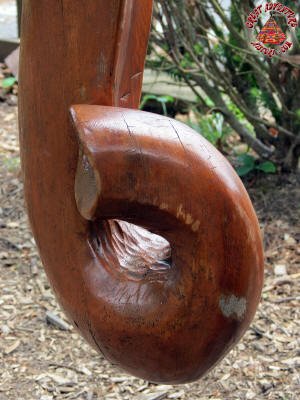 |
 |
 |
|
|
|
|
 |
 |
 |
|
|
|
|
 |
 |
 |
|
|
|
|
 |
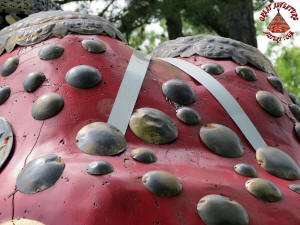 |
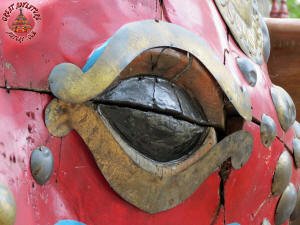 |
|
|
|
|
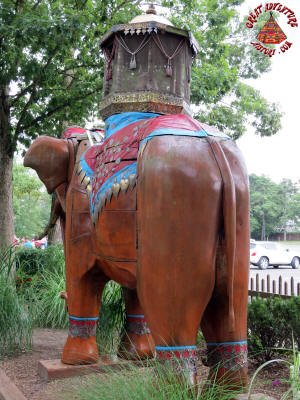 |
The cedar elephant still resides in the former Safari Exploration
Station however with the area closed very few park patrons can
appreciate this lovely hand carved sculpture.
It is hoped that someday soon the elephant can be carefully and safely
transported into either the theme park or Camp Aventura area where it
can once again please guests by just standing tall and proud as the
masterpiece that it is. |
 |
|
|
|
|
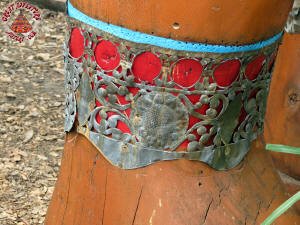 |
 |
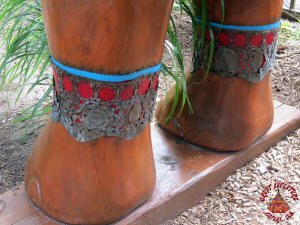 |
|
|
|
|
 |
 |
 |
|
|
|
|
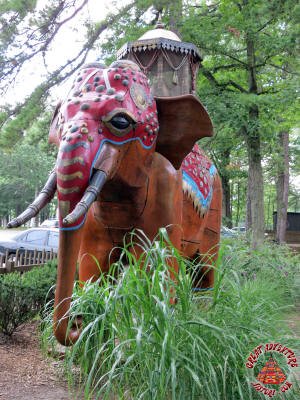 |
 |
 |
|
|
|
|
 |
 |
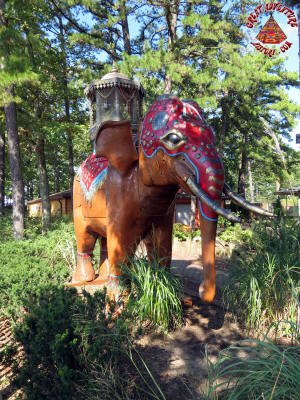 |
|
|
|
|
 |
 |
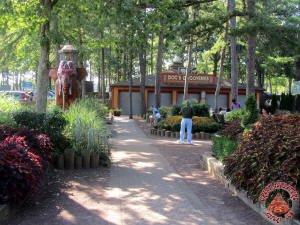 |
|
|
![]()
